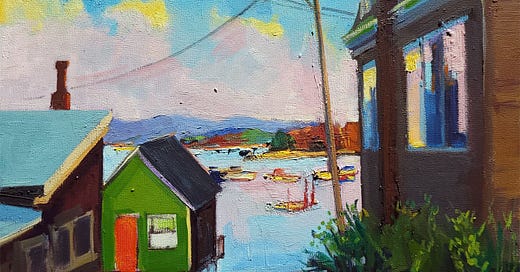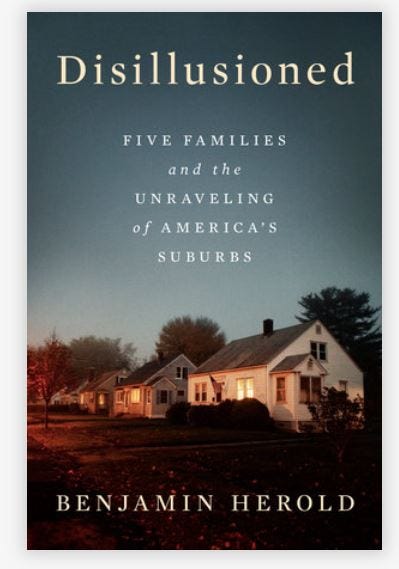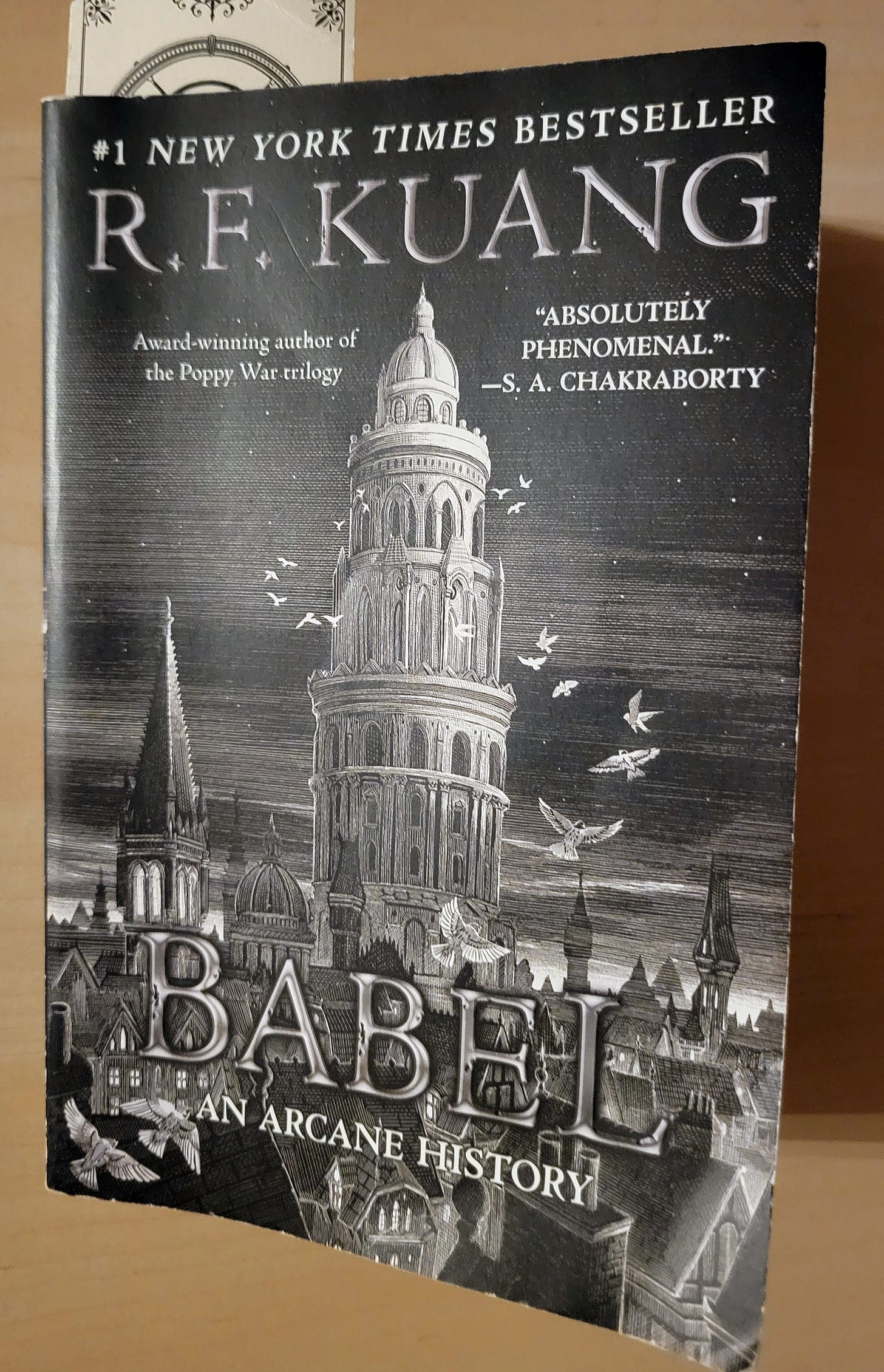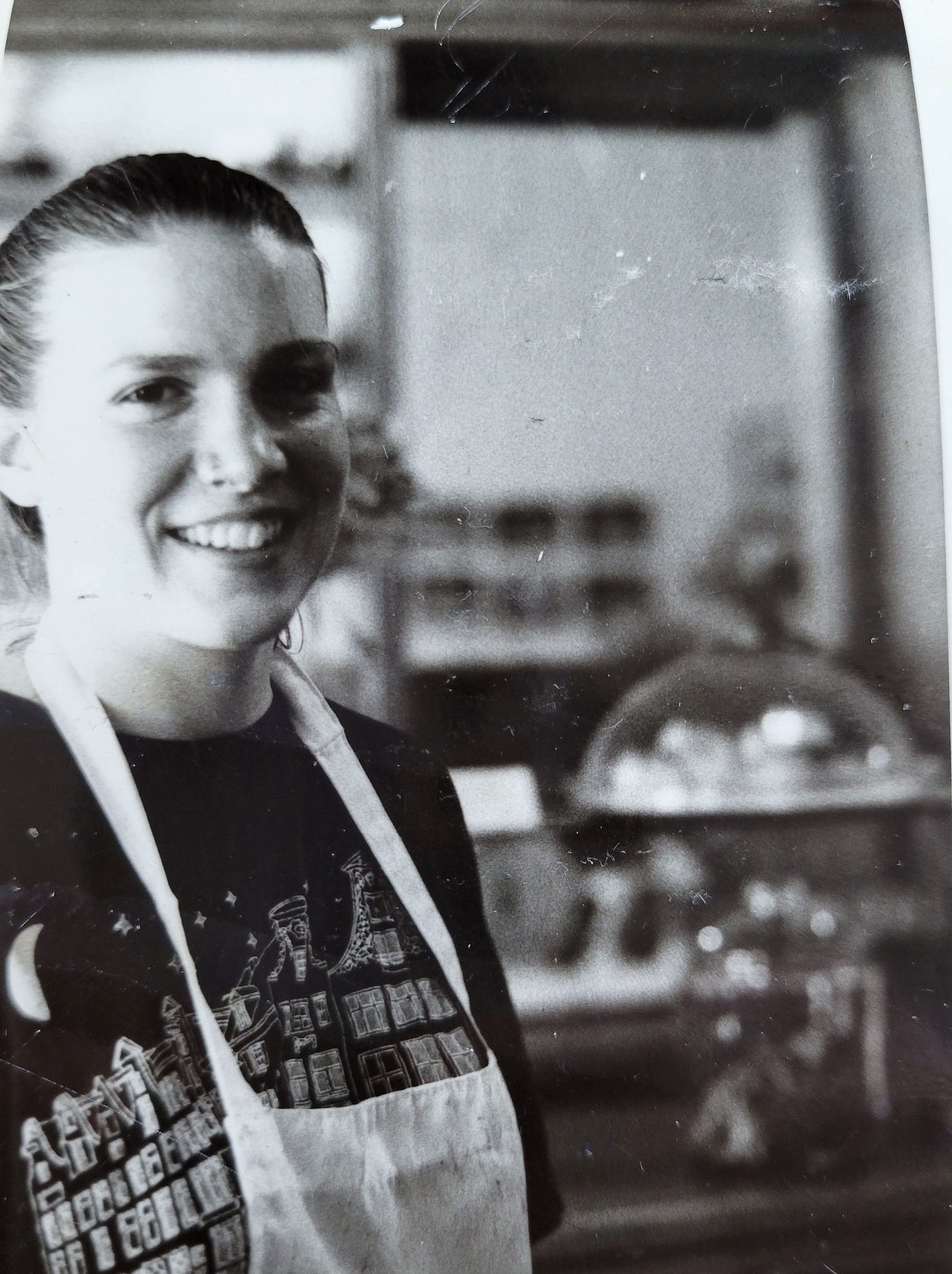Balance, Books, and Baking
The artists thoughts on finding equilibrium in art and life, books worth reading and an all purpose sweet butter dough for cookies and tarts.
When I was in college, I worked in a bakery. We had a fulcrum scale for measuring flour and sugar. For Pasta Frolla (recipe below) I would add the 5-pound and 1-pound brass weights to one side of the scale, and it would hit the tabletop with a thud. Then I would take scoops of flour and add it to the bowl on the other side of the fulcrum as the large bowl of flour became equal to the small brass weights that could fit in my palm. The scale slowly swung up until the large quantity of flour and the small weights found equilibrium.
As a painter I also use a fulcrum in my work, not in weighing paint, but in composing an art piece. Laying out a painting is not about drawing or painting an exact replica of my observations or arranging elements in a static manner but about creating a dynamic interplay of forms. I intentionally opt for asymmetry. By deliberately offsetting the horizon, clustering objects to one side, or positioning a focal point away from the center, I can create a visual tension that draws viewers into the piece.
It seems counterintuitive, for an artist, an observer of nature and form, to intentionally make something that is not symmetrical or outside of a pattern. Nature is all about patterns and symmetry! Instead, artists use a non-symmetrical composition to create a visual fulcrum where the viewer must adjust their eye movements bouncing around each element in the painting to find equilibrium in the picture. This gets viewers engaged with off-balance elements in the artwork.
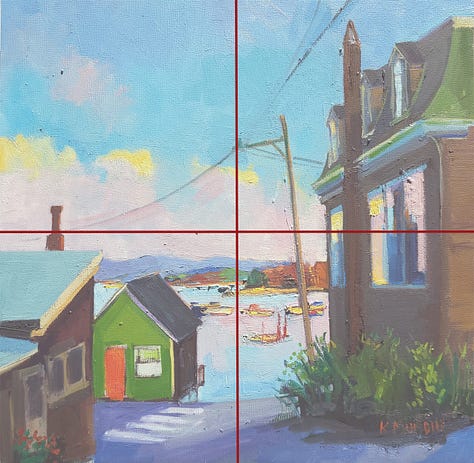
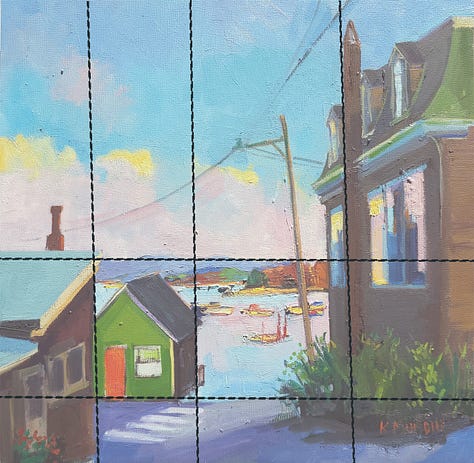
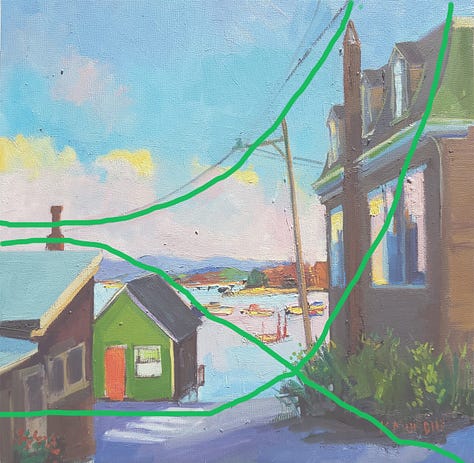
We human beings have a desire for balance in our lives, be it in striving work-life balance or seeking fairness in domestic responsibilities. Perfectly equal balance of 1=1 is impossible; our lives are too complex for that. Balance, equilibrium, equity, and fairness present distinct approaches to the notion of equal, even, and symmetrical. Instead of balance we must adjust and pivot on our own personal fulcrums to find an equilibrium. We might need to slow down and investigate how much of this or that will help our lives slowly swing into equilibrium.
Book Recommendations
I usually read or listen a fiction and non-fiction at the same time. I like to listen to audio books while I paint in the studio or knit on the couch.
Lately most of the non-fiction books lean towards land use and the environment. As a landscape painter, learning about land use and environmental issues helps inform my artwork.
Disillusioned: FIVE FAMILIES AND THE UNRAVELING OF AMERICA'S SUBURBS
I just finished reading with my ears "Disillusioned" by Benjamin Herold, and it delivers a critical perspective on suburbs, likening them to a Ponzi scheme that entices families with promises of a comfortable life, top-notch public schools, amenities, and an idyllic community. The book sheds light on the struggles encountered by suburban parents, exposing the fact that these promises are not fulfilled for everyone. Reflecting on the post-WWII era, the suburbs initially offered a Marshall-like plan tailored for white families. However, over 70 years later, it becomes evident that as people pursued these suburban dreams, it is people of color who are left to deal with the aftermath of a deeply ingrained caste system in suburbs that are failing.
My own frustrations with suburban living stem from concerns about land use and transportation planning. However, Herold's examination opened my eyes to the intricate ways in which education and funding compound the challenges inherent in suburban living.
My fiction read was:
Babel: Or the Necessity of Violence: An Arcane History of the Oxford Translators' Revolution
By R. F. Kuang
“Babel" by R.F. Kuang is a captivating blend of steampunk and magical realism that delves into the realm of British colonialism in Asia during the 1830s. I loved Kuang's writing, it was thought-provoking, with sentences where I needed to pause and reflect. Throughout the narrative, the infusion of real-world events through footnotes added depth and authenticity to the story. Overall, "Babel" offers a compelling narrative that seamlessly weaves together history and fantasy, leaving a lasting impression.
Lito’s Pasta Frolla Recipe
I worked at the Lito baker in Philadelphia’s Italian market in the 1990s. The bakery went out of business after three generations at the end of 90’s. When I left the bakery shortly before it closed. I wrote down and scaled down most of the recipes for home baking.
Pasta Frolla is an all purpose dough recipe used in Italian butter cookies, filled cookies, and tart crusts. I typically make this into Regina cookies during the holidays.
Sift together in a large bowl:
3 cups flour
3/4 Teaspoon baking powder
1/2 teaspoon salt
3/4 cups granulated sugar
Add the butter and to the dry ingredients mixing until it becomes like sand:
3/4 cups butter (softened)
In a separate bowl combine the following and beat with a fork until its mixed:
2 teaspoons honey
1 whole egg
1 egg yoke
1/2 cup water
1 heaping teaspoon orange zest (lemon can be substituted)
1/2 teaspoon vanilla
Pour the honey, egg, water, zest, vanilla mixture into the dry mixture and combine. Turn out on the counter and kneed until a smooth dough forms. Add flour as needed. This can be rolled out for tart crusts or formed into cookies.

